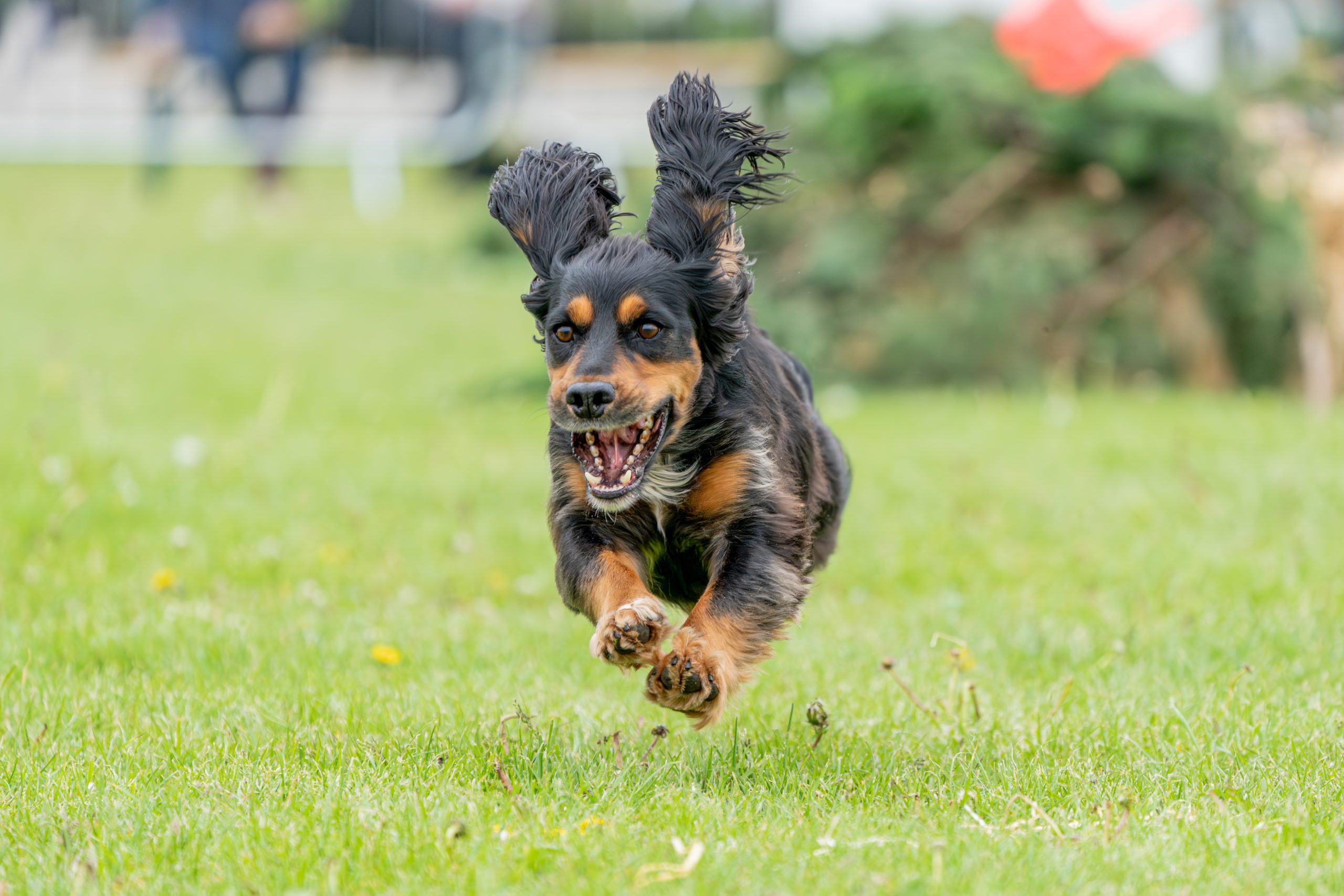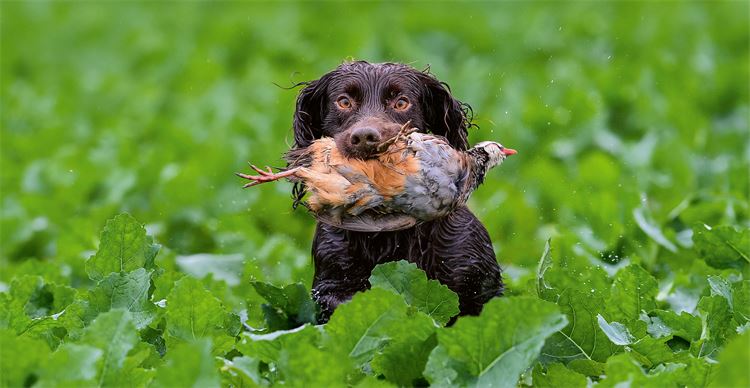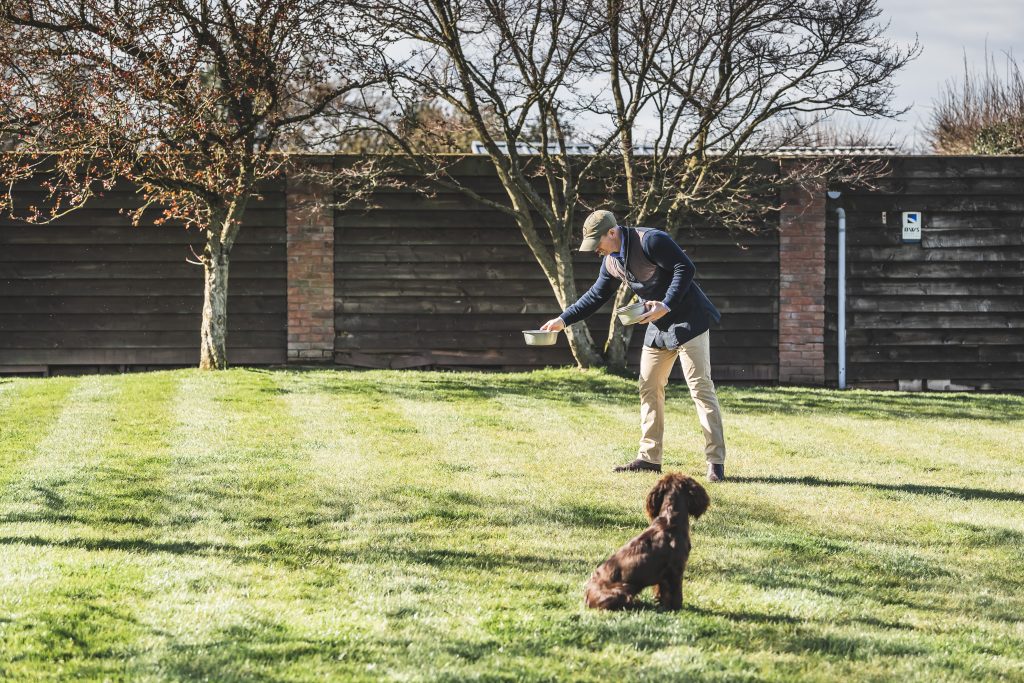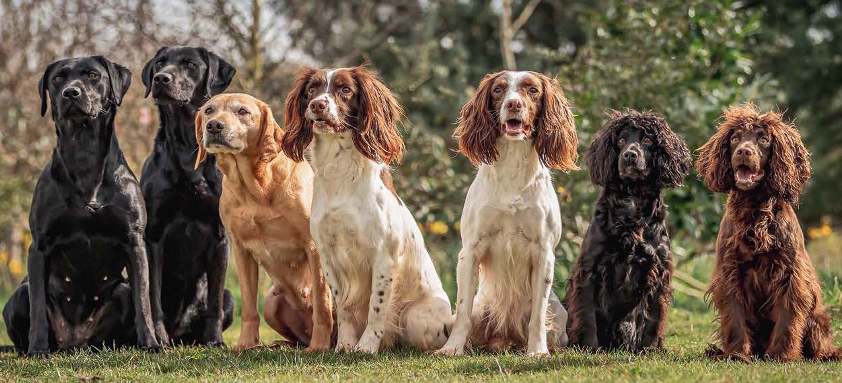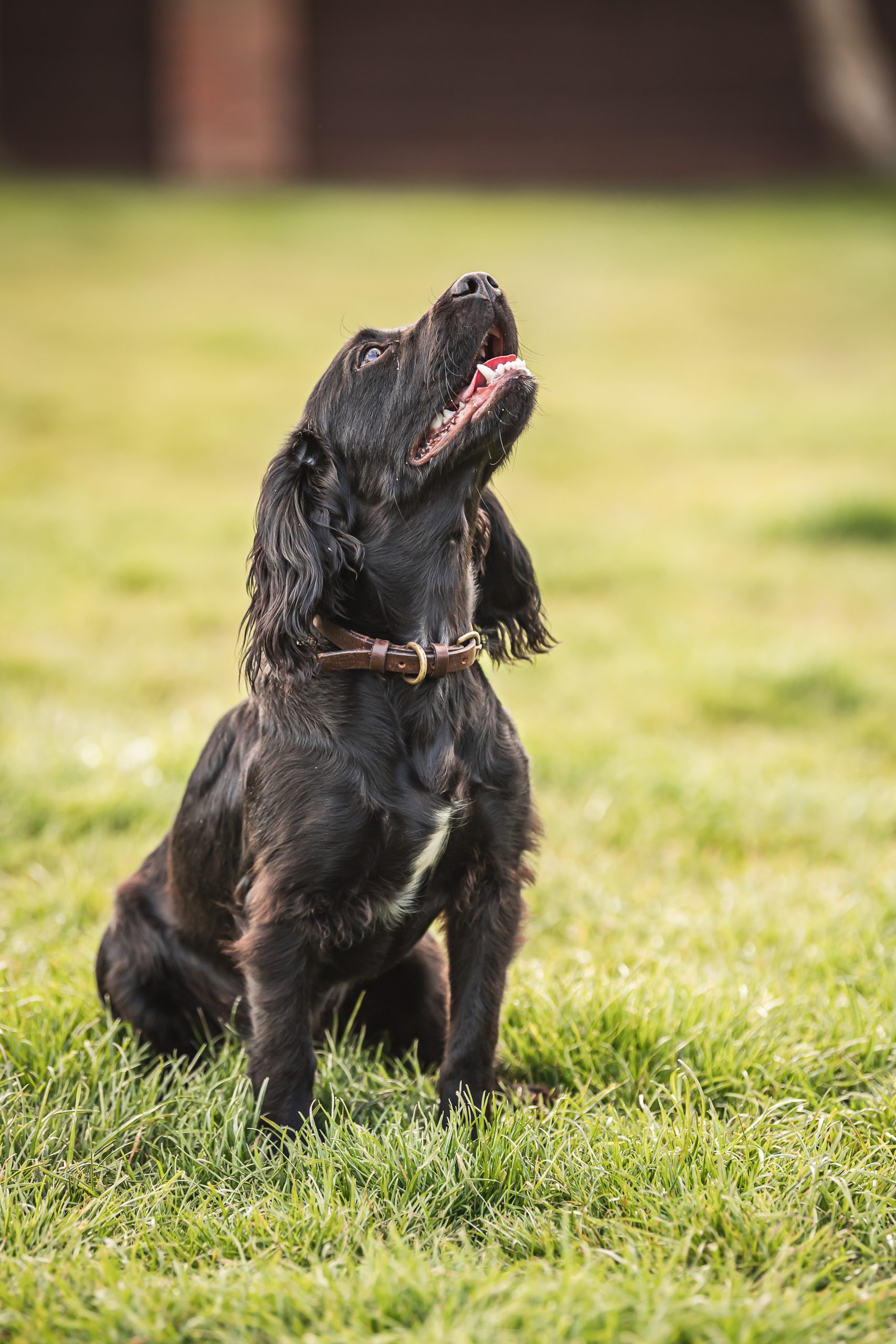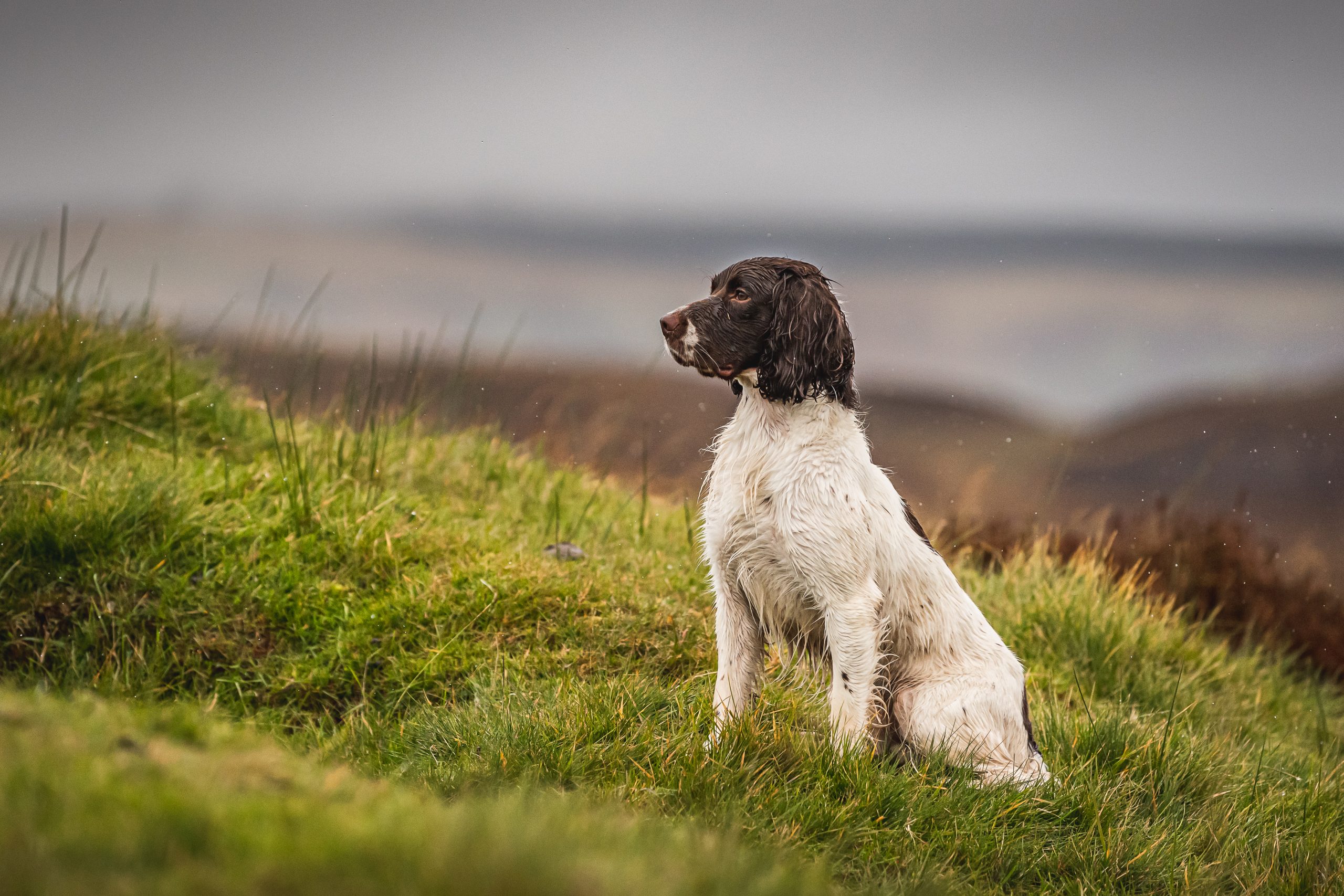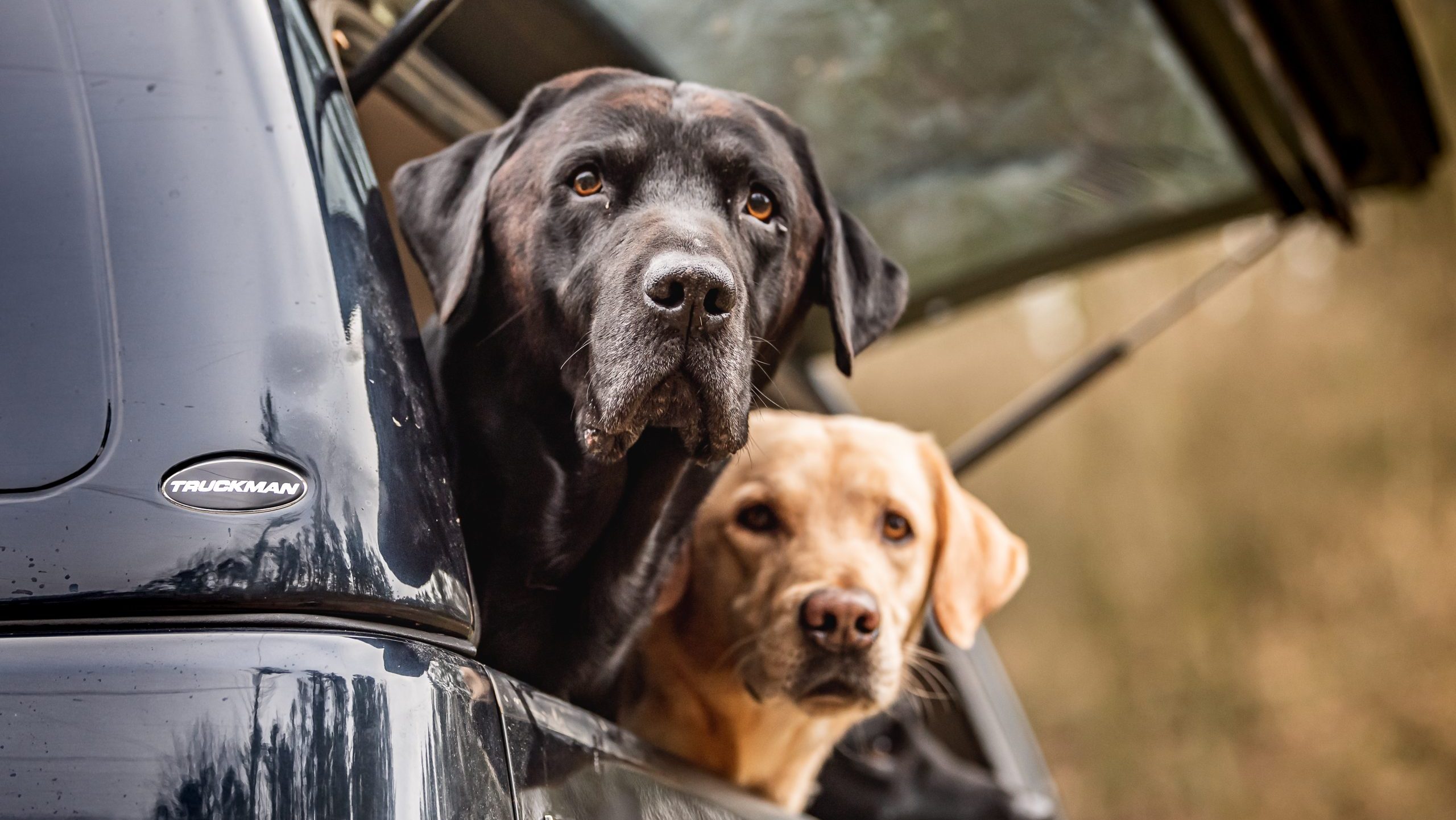Training
Mistakes will happen
Dogs and humans aren’t perfect but Michelle Oseman has some words of wisdom for other pickers-up as we move into the new season.
Would you like to appear on our site? We offer sponsored articles and advertising to put you in front of our readers. Find out more.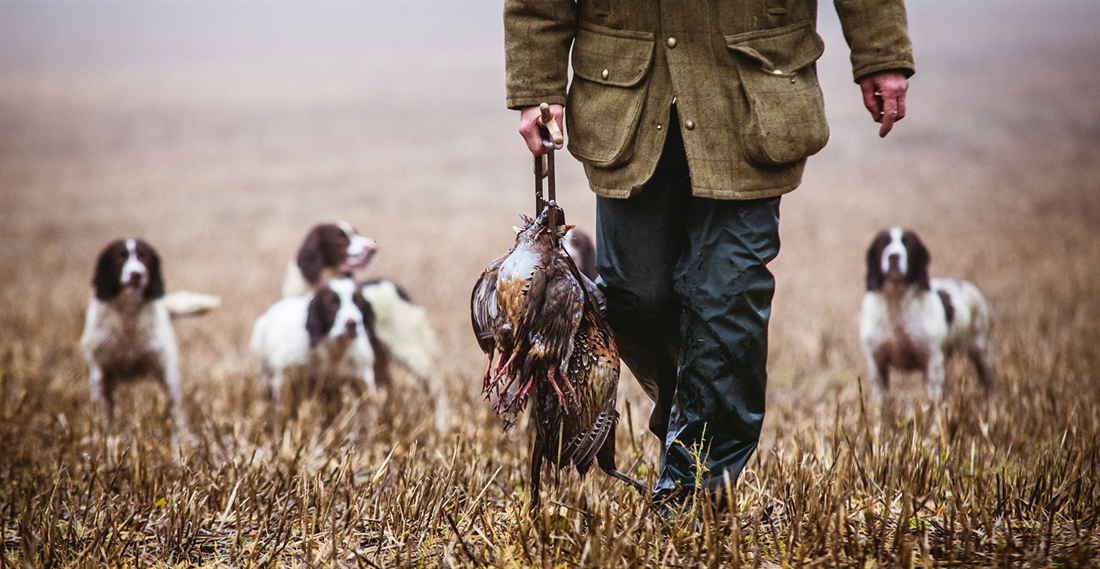
After waiting seven months for the new shooting season to be upon us there is always a lot of excitement around the first few days out. The guns have been sharpening their skills on clays over the summer, the beaters’ bus is a bubbling mass of friends, old and new. Everyone is keen to get out there doing what they do best. Even the gamekeepers are showing their excitement in their own special way, which may sometimes be difficult to detect but they all have a ‘tell’.
The picking-up team will have spent the summer honing their dogs’ skills on simulated training days, competing and generally putting the wheels back on that fell off during the course of the last season. Everyone will want the day to go off without too many hitches and, with this in mind, it is important to minimise the possibility of mistakes being made.
Beware tired birds in early season
As pickers-up we need to be aware in the early season the birds are still young and will tire quickly so the possibility of birds being pegged on large driven days is high. Good practice is to wait a while before starting to pick up after the end of the drive. This will allow tired birds to walk away and reduce the possibility of your dog pegging a bird. As long as you are sweeping the area in a horseshoe pattern as a team then you shouldn’t miss any injured game as this will not have travelled too far.
Heat and scent don’t mix well
In recent years we have seen a big change in the climate for the first few months of the shooting season. Last year the temperatures in September were warm to say the least and this severely affected scent. Bear this in mind before condemning all your dogs for missing game. If you haven’t already, I’d highly recommend reading Ben Randall’s “Let’s Talk Scent” article from Issue I where he discusses in detail how weather and environment impact a dog’s game finding ability.
Your dogs need to be ‘match fit’
Many people use different methods to get themselves and their dogs back into a ‘match fit’ state ready for the season ahead. Although it is important to do this nothing is as good at getting your dog fit as actually working in the field. Bear this in mind for the first few weeks of the season. If working a large pack of dogs maybe rotate them so that they get to sit out a drive per day. If not, please try to give your dogs time to recover during drives. Tired dogs make mistakes and get injured so we owe it to them to monitor their fitness.
Steadiness comes first
Although you may have spent the summer proofing your dog’s steadiness, the first few drives of the season are so exciting. Your dog will pick up on all the energy in the air. So, if you have any doubt your dog may not be steady, keep it on a lead for the first few drives or days out. Not only will this make the whole day less stressful for both you and your dog, it is not appropriate to be testing your training on a shoot day. If any issues occur make a note to address these in your ‘off field’ training sessions.
Go slowly with the new recruit
This year you may be introducing a new dog to the field for the first time. Remember the hours you have put into training this dog for its future career – don’t be in a rush to get it out working. Slowly introduce the dog over the season to the various elements of its job and, if it’s not ready, wait until next season. A good picking up dog can be a team player for 8-10 years so waiting those extra few months will be worth it in the long run.
Check the game
All game should be checked when retrieved by your dog. Check to make sure it has been shot. It may look as if your dog has committed the sin of pegging a bird but careful examination may find a small piece of shot or injury from a previous sortie over the gun line. Feel the bird to make sure your dog hasn’t caused any unnecessary damage – young birds damage easily from both shot and being picked by a dog so don’t assume your dog has been hard mouthed on the bird.
Check the general physical condition of the bird – as pickers-up we should retain any overly weak or poor birds and let the keepers check them before moving into the chiller. Make a note of which drive and where the bird was picked as all this information is helpful to the keepers to get an early indication of any possible issues with their birds.
Creatures of habit
Dogs that have worked on the same shoot for a few seasons become very knowledgeable about where they will find the game on each drive. They will often head off to the same part of the wood or cover when initially cast off to hunt. This will probably be where they last found game when working this drive. Remember this when you line your dog up for a runner mid drive and they turn on their heels into that piece of bramble – too clever for their own good.
Discretion is the better part of valour
Having spent the summer instilling training rules into your dog don’t ruin these by not following them yourself in the field. If you are asked to send your dog on a blind retrieve but it can’t be found, if possible, please keep your dog’s belief in you by putting something down, be it a ball, dummy or previously retrieved game and let it pick it on the way back from the failed find. Likewise, don’t over face your dog. If you’re asked to send your dog on a retrieve and you don’t think it will succeed say so. There’s always another dog available so don’t set yourself and your dog up to fail.
Food standards to the fore
With the warmer seasons we should also be mindful of how we carry and store game when shot. Personally, I prefer to use game carriers whilst picking-up as I feel birds can get over heated when piled up in a game bag even if this is only for 30 minutes. It may also be worth asking the Shoot Captain or Keeper to mention this to guns in their briefing so that guns don’t pile birds up on the peg. If they do collect birds it is far better to line them up as this will keep them cooler for longer. It is also worth considering how many times throughout the day in warmer weather the game cart may need to return to the chiller as this may impact the running of the day.
Make regular health checks
Throughout the season you will need to keep an eye on your dog’s health. Kennel Cough is always a risk until we’ve had a few frosts. If you think your dog has been in contact with an infected dog or is showing signs themselves leave them at home. No one will thank you if you bring Kennel Cough onto a shoot. Also, more recently, we have seen Alabama Rot rear its ugly head in the UK and Laura Keyser wrote about this potentially fatal disease which affects the skin and kidneys in Issue 2. Check your dogs for any signs and, if in doubt, seek veterinary advice quickly.
Everybody involved with a shoot day wants it to go to plan and smoothly but dogs is dogs and people aren’t infallible. Mistakes will happen and we will learn from them. Chalk the unnoticed ones up to experience and apologise for those which happen more publicly. And remember nor person or dog is perfect.
Related articles
Training
Patience is a virtue
It’s a skill that is often overlooked in training, but which is vital for all gundogs. Ben Randall explains how to capitalise on some everyday opportunities to practice it, now that spring is here.
By Time Well Spent
Training
The theory of puppy training
When you collect your puppy – and at every stage thereafter – you’ll need a safe and secure form of transportation. Here are four high-quality options to suit all requirements.
By Time Well Spent
Get the latest news delivered direct to your door
Subscribe to Gundog Journal
Unlock the full potential of your working dog with a subscription to Gundog Journal, the UK’s only dedicated magazine for gundog enthusiasts. Published bi-monthly, this authoritative resource delivers expert training advice, in-depth interviews with top trainers and veterinary guidance to help you nurture a stronger bond with your dog.
Whether you’re a professional handler, breeder, or simply passionate about gundogs, each issue offers a wealth of knowledge on breeds like labradors, spaniels and vizslas. Subscribers gain access to topical articles, real-life stories and exclusive offers from trusted brands.
With stunning photography and thought-provoking content, Gundog Journal is your essential guide to understanding, training and celebrating these remarkable working breeds.


Manage Consent
To provide the best experiences, we use technologies like cookies to store and/or access device information. Consenting to these technologies will allow us to process data such as browsing behavior or unique IDs on this site. Not consenting or withdrawing consent, may adversely affect certain features and functions.
Functional Always active
The technical storage or access is strictly necessary for the legitimate purpose of enabling the use of a specific service explicitly requested by the subscriber or user, or for the sole purpose of carrying out the transmission of a communication over an electronic communications network.
Preferences
The technical storage or access is necessary for the legitimate purpose of storing preferences that are not requested by the subscriber or user.
Statistics
The technical storage or access that is used exclusively for statistical purposes.
The technical storage or access that is used exclusively for anonymous statistical purposes. Without a subpoena, voluntary compliance on the part of your Internet Service Provider, or additional records from a third party, information stored or retrieved for this purpose alone cannot usually be used to identify you.
Marketing
The technical storage or access is required to create user profiles to send advertising, or to track the user on a website or across several websites for similar marketing purposes.


